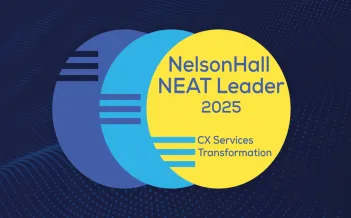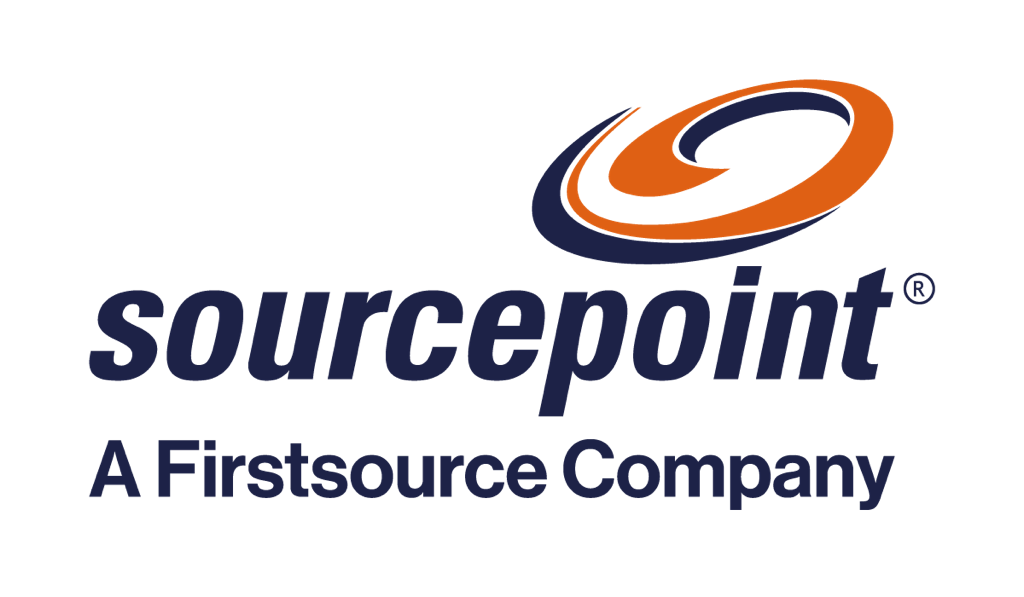Health systems can help mitigate the impact of expiring enhanced ACA premium tax credits with a digital outreach education campaign
While the industry spotlight is on how Medicaid eligibility will be affected by the recently passed One Big Beautiful Bill Act (H.R. 1)—and rightly so—an even more urgent issue is lurking in the shadows: The looming expiration of enhanced premium tax credits for Marketplace health plans.
Expanded in 2021, the tax credits have helped individuals and families avoid the marketplace “subsidy cliff”: that is, being ineligible for Marketplace plan subsidies because their income is as little as a dollar over the regular subsidy limit. By capping premium expenditures at 8.5% of income and expanding eligibility to incomes more than 400% of the federal poverty level, the enhanced tax credits drove Marketplace enrollment to 24.2 million people for plan year 2025. That’s up from 11.4 million enrolled via ACA in 2020 before the credits were enhanced. About 22.4 million enrollees (92% of the total) received advance payments of the enhanced premium tax credit in 2025.
With the credits expiring December 31, 2025 the Congressional Budget Office expects the number of uninsured people to grow by an average of 3.8 million each year over the 2026-2034 period, or more than 34 million people. Rising premium costs are projected to be the main driver of dropping enrollment. Subsidized enrollees will see premium payments more than double on average—increasing 114% from $888 annually in 2025 to $1,904 in 2026. Additionally, insurers are proposing rate increases with a median of 18% for 2026, pricing out healthy people who no longer qualify for subsidies. In turn, insurers will raise premiums to cover sicker and more expensive risk pools.
These factors almost certainly mean health systems will see an increase in self-pay and/or uncompensated care starting as early as the first quarter of 2026—long before the effects of Medicaid changes are felt.
Ensure continuity of care by helping patients retain coverage
The ACA open enrollment period for plan year 2026 launched November 1 with a December 15 deadline for January 1 coverage. Healthcare systems have a narrow window remaining to help patients navigate these changes before coverage gaps emerge in 2026.
One bright spot: Adapting proven strategies from the post-pandemic Medicaid redetermination period. Those can be the foundation for an outreach program to help patients understand how expiring subsidies may affect them and the coverage options they may have. Based on Firstsource’s work during redetermination, here are what we see as key components of outreach and screening:
- Use predictive analytics to identify patients at risk for losing subsidies. Analytics and AI tools make it possible to zero in on the patients most likely to need new coverage options and help them act early to close potential coverage gaps. The analysis can help guide financial counselors in educating patients about alternative coverage options. These granular analyses also can quantify the impact of expiring subsidies on a health system’s financial performance.
- Accelerate outreach and education with multiple channels to raise awareness about the issue. Use direct messaging, patient portals and phone campaigns to spread the word about coming changes. Invite patients to virtual or in-person educational seminars to explain how the loss of enhanced subsidies will affect coverage and costs. Educate clinicians so they can discuss the expiration during patient visits.
Automated reminders such as text, email, AI-generated calls and portal pop-ups will help patients stay on top of open enrollment deadlines, premium payment due dates and documentation requirements. In our experience, patients sign >60% of required documents within one hour when they have digital options to do so. - Help patients navigate to new coverage options. Provide access to counselors who can help patients compare their cost and coverage options. The counselors can help patients evaluate their eligibility for regular ACA tax credits, employer or spousal plan options, Medicaid or CHIP. It’s ideal to integrate this exploratory process into clinical and/or administrative workflows to capture applications and referrals in real time.
- Collaborate with local and state advocates. Loss of insurance coverage and rising premiums affect community health status and potentially increase costs for local employers and municipalities as well as individuals. Faith-based organizations, schools, social service agencies, philanthropic organizations, and employers can all help spread awareness of the enhanced premium tax credit expiration. Health organizations can also share data to help policymakers understand the impact of the changes.
- Include revenue cycle operations in planning and execution. Effective coverage verification, eligibility discovery and pre-registration processes will be critical to help ensure accurate reimbursement and minimize claim rejections and denials due to coverage gaps.
Proactive outreach nets short- and long-term benefits
Healthcare systems that take these steps will be better positioned to mitigate the negative effects of the ACA enhanced tax credit expiration on patient care and on balance sheets. They also will have laid important foundational pieces for managing changes required by H.R.1, including:
- Biannual Medicaid redetermination and work requirements: H.R.1 calls for redetermining Medicaid eligibility every 6 months and verifying community engagement requirements.
- Maintaining eligibility for 340B drug program. Data from outreach efforts can help identify Medicaid-eligible patients, patients 62 or younger who are on Medicare plans and other patients who may have disabilities that qualify them for Social Security disability income.
These data can help hospitals gain or maintain the disproportionate share (DSH) status required for 340B participation. - Other changes in Marketplace plans. H.R.1 takes away automatic ACA plan renewal and requires enrollees to prove financial eligibility and limits enrollment among lawful immigrants to green card holders.
Many recent conversations with our Firstsource healthcare clients have centered on Medicaid changes. That seems to be the industry focus too. The expiring ACA enhanced tax credits, however, need attention now. With open enrollment underway there’s a short window in which to help patients understand their options before coverage changes take effect. Launching an outreach program to those patients today will be a solid foundation for managing the verification challenges healthcare systems will face under new Medicaid requirements. In the short term, it should help ensure continuity of care and better health and financial outcomes for patients and providers.
For more information about how Firstsource can help your organization retain patient coverage, navigate Medicaid and ACA changes, and ensure continuity of care, contact Noel Felipe, Senior Vice President and Revenue Cycle Practice Leader at Firstsource or Nathan Allen, Senior Vice President, Healthcare Provider Solutions, or visit us at Hospital Revenue Cycle Management Services and Solutions | Firstsource.










